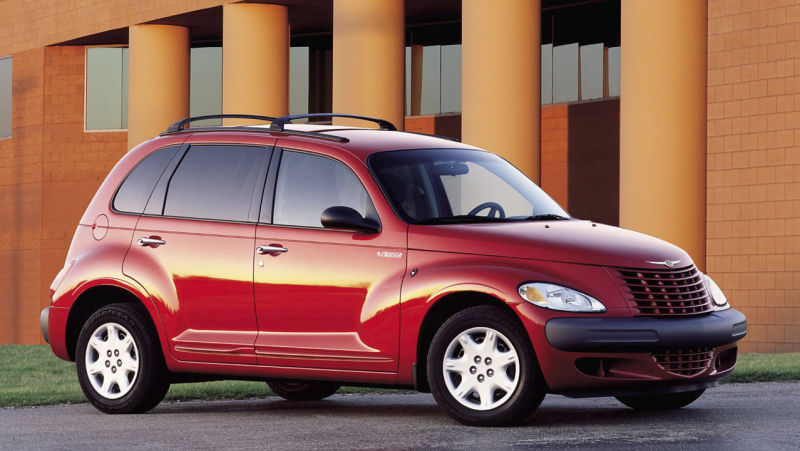
The manual transmission is a dying luxury in today’s automotive industry, but back in 2008, as gas prices climbed beyond $3 a gallon, optioning a car with a stick shift often came with the promise of better gas mileage.
Jalopnik is welcoming in the New Year by looking back on the 2008 recession, and possibly forward to yet another economic downturn looming in 2019. Digging through some numbers, I was surprised to discover that you weren’t just cool if you bought a manual back in 2008, you were also a frugal genius.
Just to rub it in, I wasn’t exactly what you’d consider a serious car buyer 11 years ago (I was 13 years old). So color me surprised to find that, back in 2008, if a car was sold with a manual option, that option was almost always the most fuel efficient choice—at least according to the government’s recorded fuel economy ratings for cars sold in the 2008 model year.
Advertisement
The 2008 Mazda Miata’s five-speed achieved an additional two miles per gallon in the city compared to the six-speed automatic. The manual Mini Cooper got an additional 2.5 mpg over its auto sibling. The manual Toyota Yaris got one more mpg on the highway, and the five-speed Corolla got an average of 2 mpg more than its auto, as did the rear-wheel drive Ford Ranger’s stick version.
Most crossovers, like the Mazda Tribute and its relative the Ford Escape, the Nissan Xterra, Chevy HHR and PT Cruiser, Hyundai Tucson, and Kia Sportage, did just slightly better optioned with a manual.
In many other cases, the manual transmission still scored at least one mile per gallon better either in the city or on the highway, as with the Volkswagen Passat, Dodge Dakota, Mazda 5, and Jeep Patriot. For most of the full-size pickups and 4WD SUVs, though, the automatics were a much more responsible choice.
Advertisement
As nice as it is to look back and see what some would consider a more rational motive for choosing a manual beyond just being the type of person that knows how to have fun and enjoy life, these numbers are more of a testament to just how sloppy automatic transmissions were at the time.
Many of the automatics were still only four-speeds, which sounds like nothing compared to today’s much more efficient nine-or-more speed autos. Granted, today’s transmissions are also paired with more fuel efficient engines, too, and those gearboxes are a lot more fun. There are some seriously good paddle-shift autos on most cars these days.
Advertisement
But the trend of efficient manual cars didn’t die as quickly as you might think, as the industry scrambled to improve efficiency following the spike of gas prices.
In 2015, Consumer Reports tested and found the Ford Fiesta, Chevrolet Sonic, Hyundai Accent and Mazda 3 to all be more efficient if you were willing to row through the gears yourself.
Advertisement
Even today, according to the government’s 2018 fuel economy guide, a few cars like the Fiat 500 and Spyder, Chevrolet Corvette and 1.6-liter Cruze, Mini Cooper, Ford Focus, Mazda 3, Subaru WRX, VW Golf and Jetta, and a few more score somewhat better with a stick.
The caveat here, for the 2018 numbers though, is that there are fewer manuals on the list, and most of the automatics are much, much more efficient than what we had in 2008.
But if you were looking to save a couple miles per gallon back in the day, it would have done you good to search for a stick. And the same can still true today, though in much more limited circumstances, with less of a margin, and even then, your options are rapidly declining.
Advertisement
Did you buy a car back around 2008? Did you go with a manual? Feel free to tell a youth like me the horror stories of back in the day, to help me better prepare for what’s probably inevitably my future. Oh, and have a happy new year!













